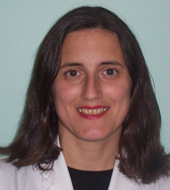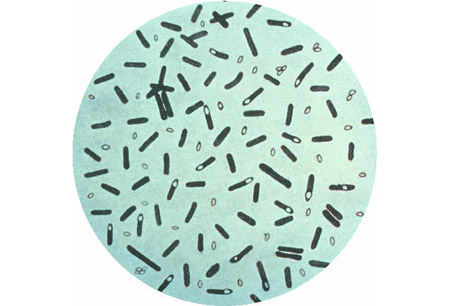Summary
Definition
History and exam
Key diagnostic factors
- presence of risk factors
- blurred vision and diplopia
- impaired accommodation
- ptosis
- oculobulbar weakness
- hypoglossal weakness
- dysarthria
- dysphagia
- symmetrical descending flaccid paralysis
Other diagnostic factors
- hypotonia
- feeding difficulties in infants
- weakened cry in infants
- hypothermia
- urinary retention
- constipation
- dry mouth and throat
- postural hypotension
- gastrointestinal illness
- diminished or absent deep tendon reflexes
- absence of fever
- respiratory dysfunction
- pupillary dilation
Risk factors
- ingestion of contaminated foods
- ingestion of honey in infants
- ingestion of soil in infants
- intravenous drug use
- crush injury
- infant age group
- abnormal bowel anatomy
- therapeutic or cosmetic use of botulinum toxin
- biological terrorism
- exposure to reptiles
Diagnostic investigations
1st investigations to order
- mouse bioassay of serum, gastric secretions, stool, or food samples
- culture of food samples, gastric aspirates, or faecal material
Treatment algorithm
Contributors
Authors
Linda S. Nield, MD, FAAP

Professor of Pediatrics and Medical Education
West Virginia University School of Medicine
Morgantown
WV
Disclosures
LSN is an author of a reference cited in this topic.
Acknowledgements
Dr Linda S. Nield would like to gratefully acknowledge Dr Thomas P. Bleck, Dr Aimee Hodowanec, Dr Pavani Reddy, and Dr Teresa Zembower, previous contributors to this topic.
Disclosures
TPB, AH, PR, and TZ declare that they have no competing interests.
Peer reviewers
Fiona Cooke, MA, PhD, MSc, FRCPath, MRCP, DTM&H
Research Fellow and Medical Microbiologist
Wellcome Trust Sanger Institute
Department of Microbiology
Addenbrooke's Hospital
Cambridge
UK
Disclosures
FC declares that she has no competing interests.
Christopher D. Huston, MD
Assistant Professor of Medicine
Division of Infectious Diseases
University of Vermont College of Medicine
Burlington
VT
Disclosures
CDH declares that he has no competing interests.
William A. Petri, Jr, MD, PhD, FACP
Chief and Professor of Medicine
Division of Infectious Diseases and International Health
University of Virginia Health System
Charlottesville
VA
Disclosures
WAP declares that he has no competing interests.
Use of this content is subject to our disclaimer
